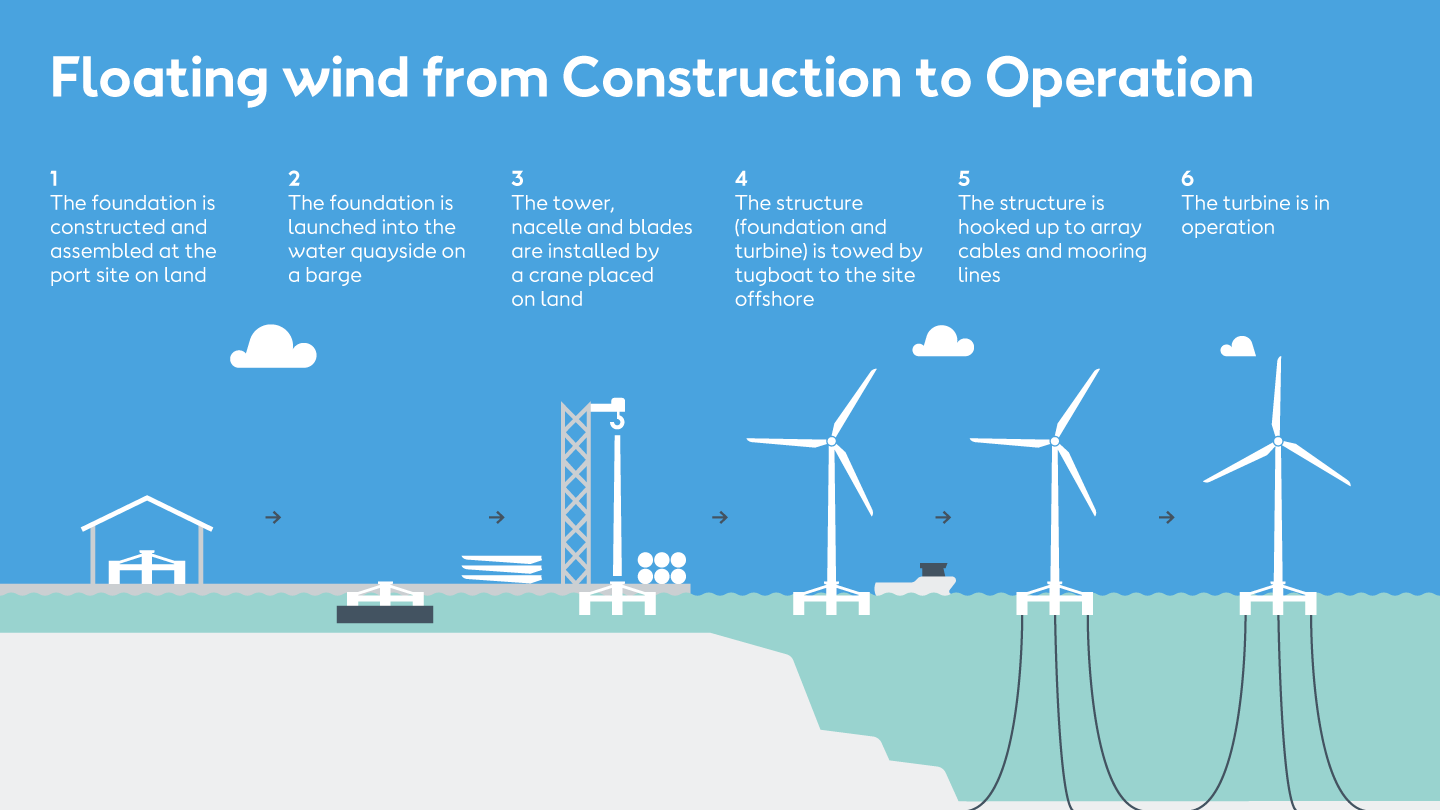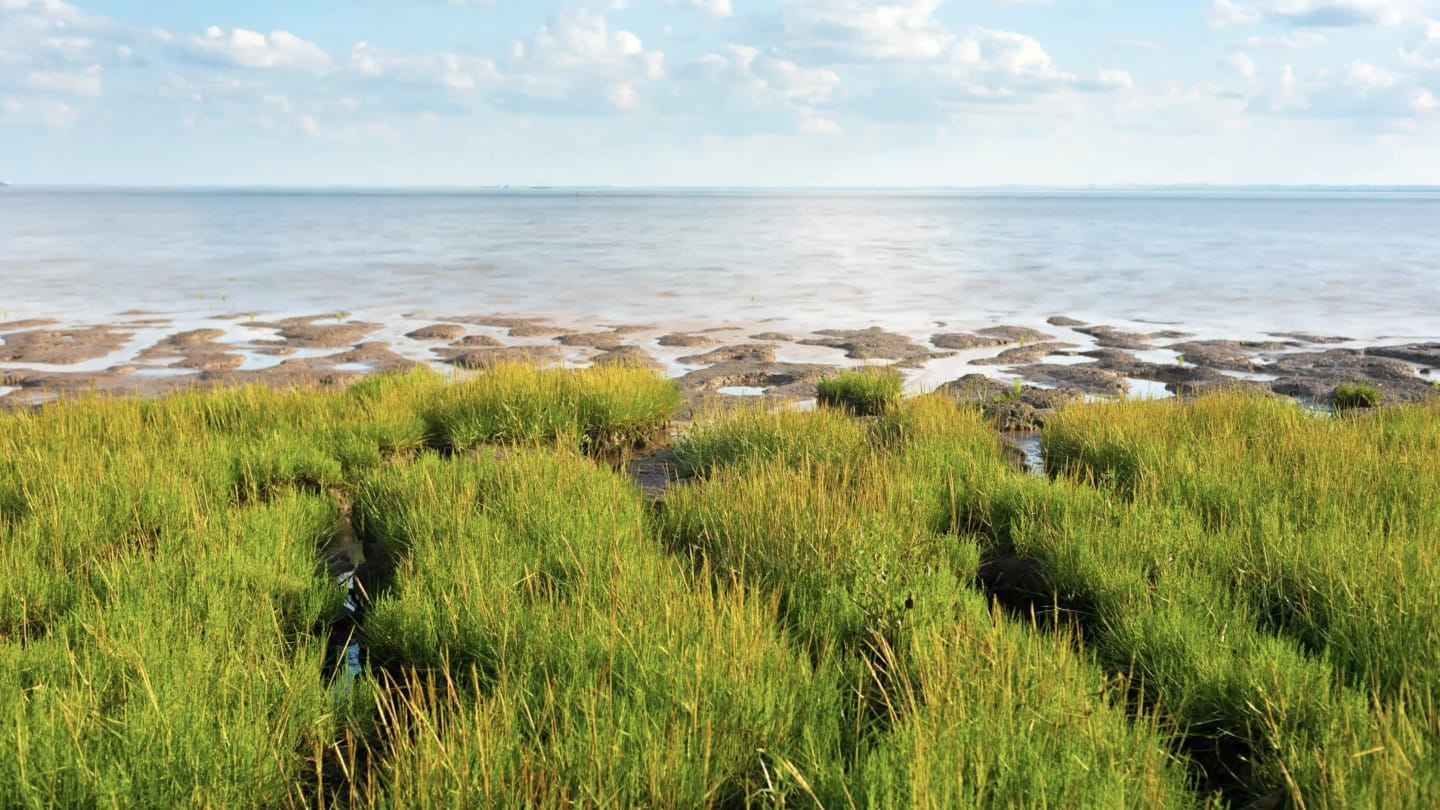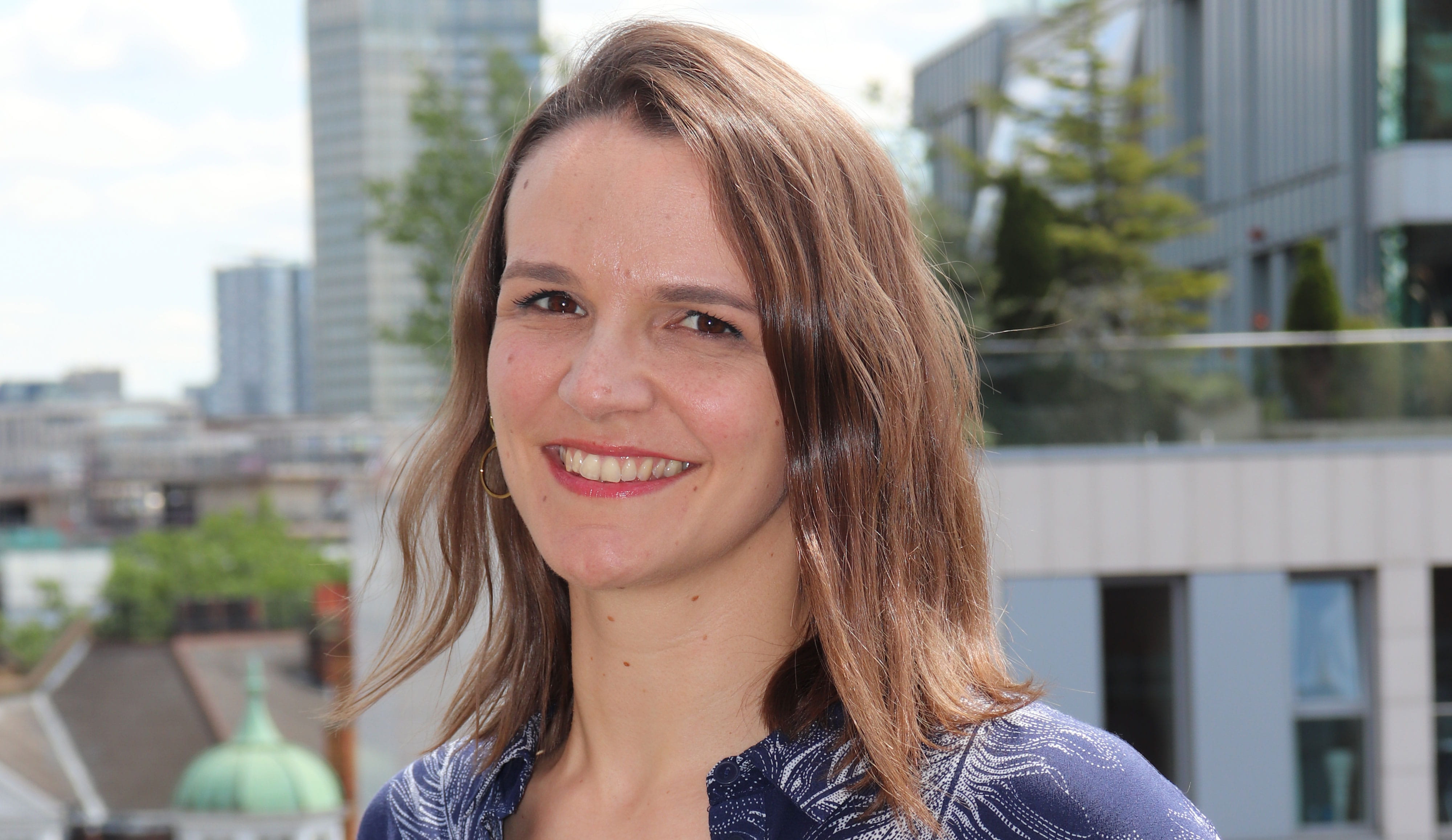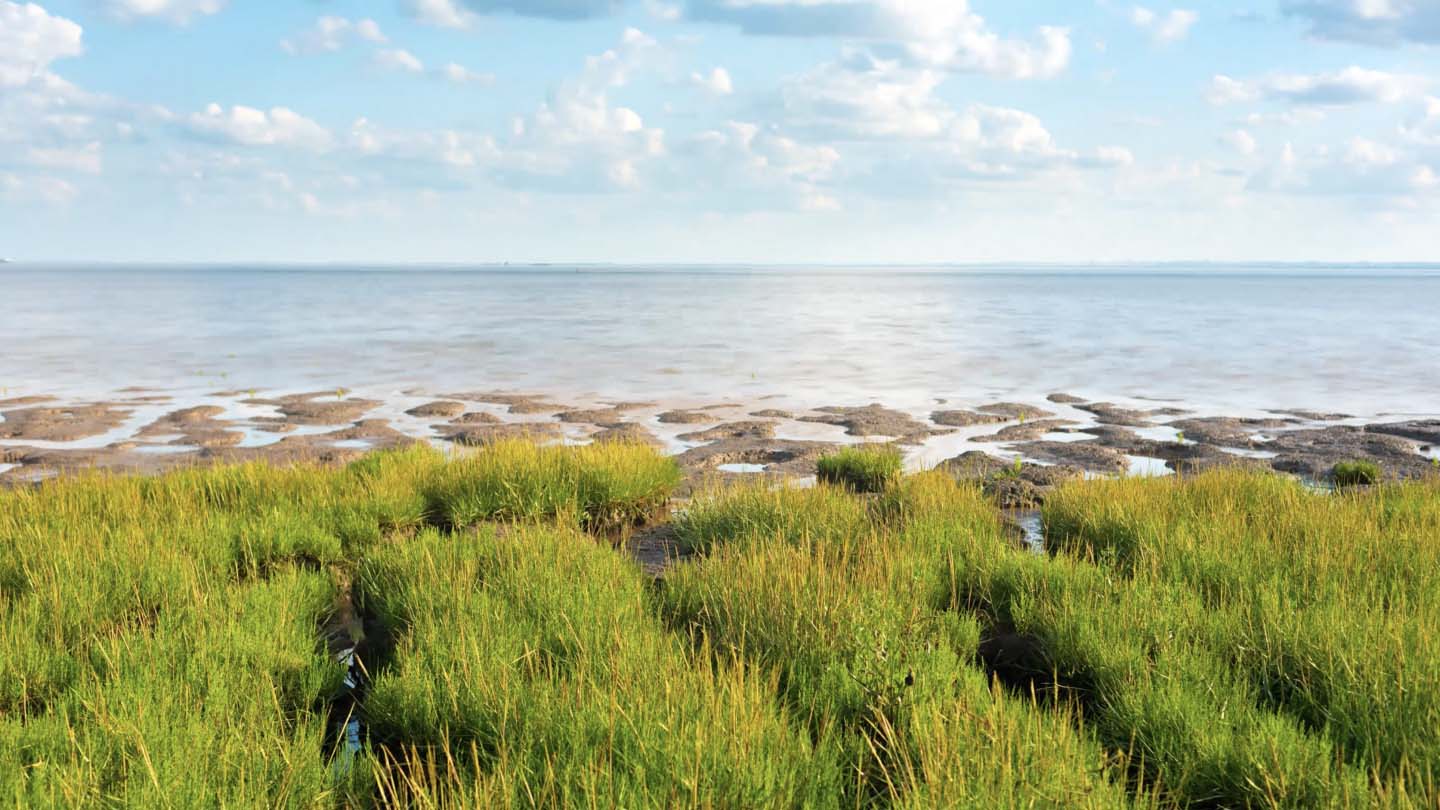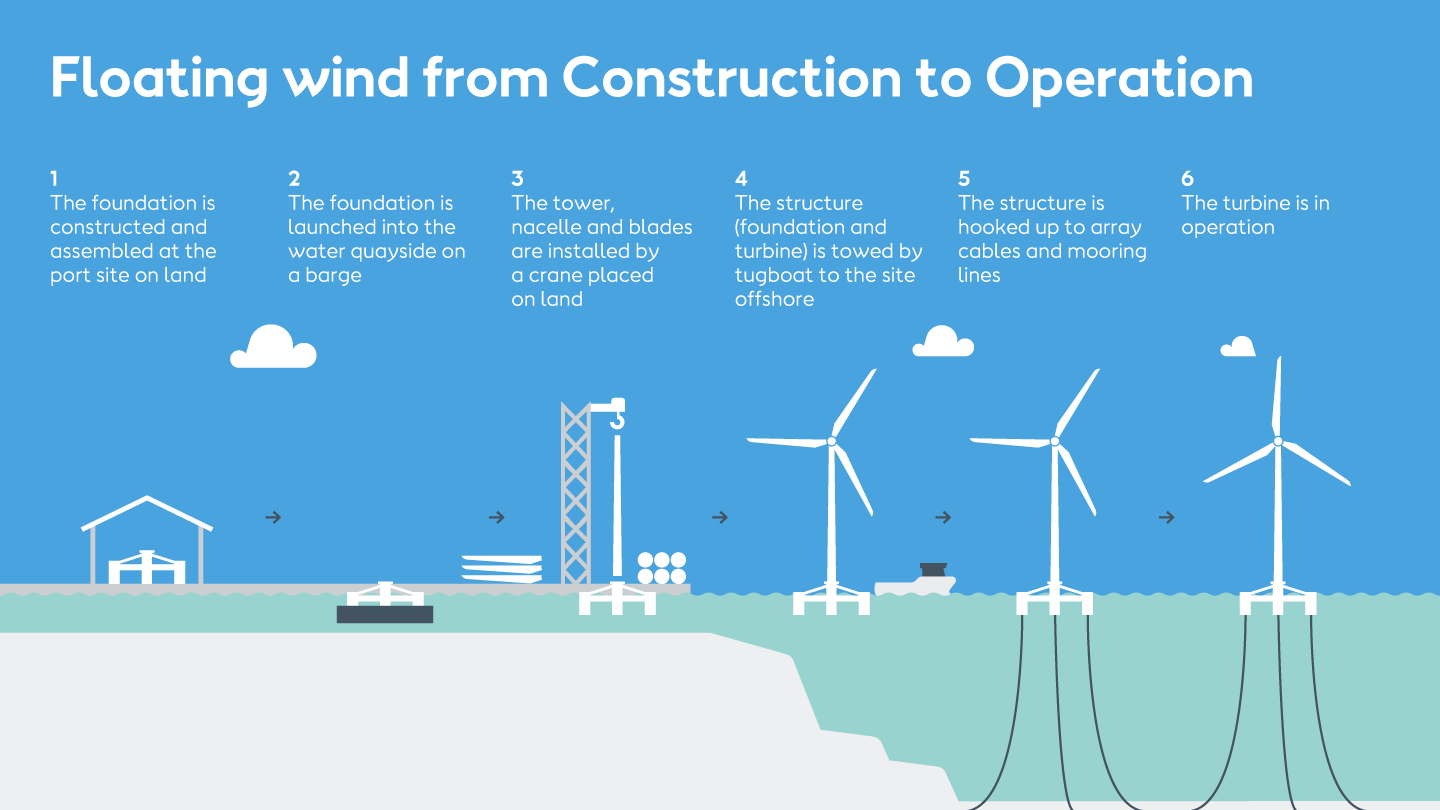At Ørsted, we believe the leasing framework needs to incentivise developers to invest in the multitude of factors that are necessary to truly foster the growth of a robust floating offshore wind industry.
From our decades of experience building offshore wind into the mature, cost-effective, industrial scale technology it is today, we know that working with local government and community stakeholders is critical to success. But that takes time and long-term commitments – determining proposals based on a wider set of criteria will ensure these projects deliver the greatest value to the region and UK.
Developers and the supply chain need to be encouraged to invest in new innovative, sustainable technology that will help the industry lower costs, so that we can unlock more clean energy in the UK and all over the world. Investment is also needed in skills and training to prepare the local supply chain and enable it to be an active player in the global build-out of floating wind.
And as stewards of the green energy transition, it is our responsibility to make a positive contribution to both climate and nature. That’s why Ørsted has taken a market-leading stance on biodiversity enhancements. Developers should be encouraged to show how their projects protect, enhance, and restore biodiversity in the environments where they operate.

